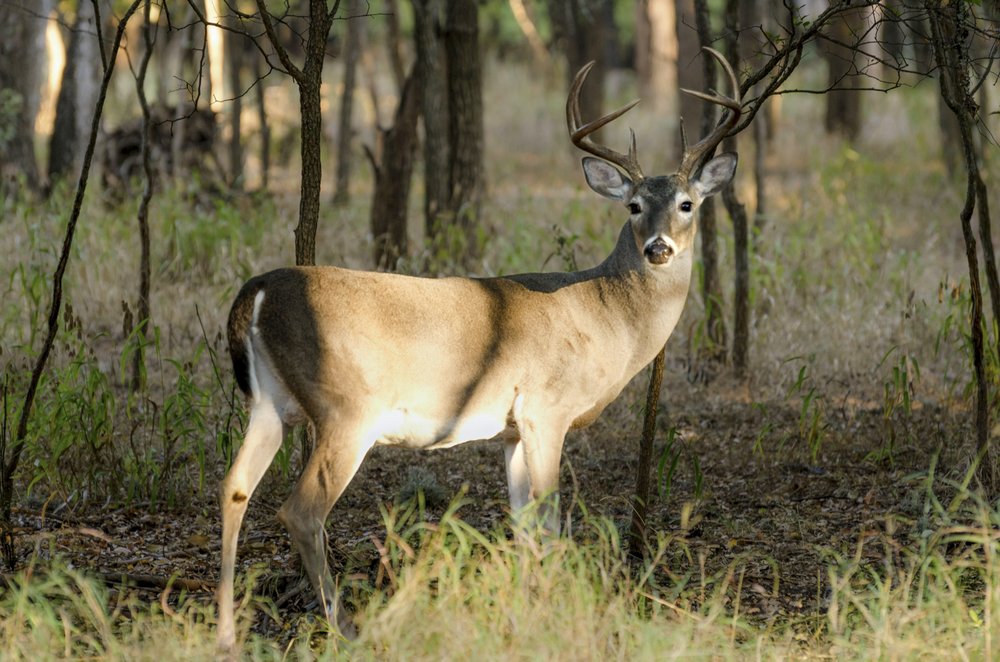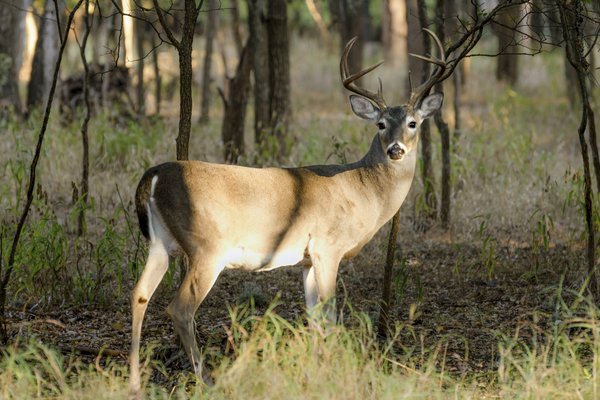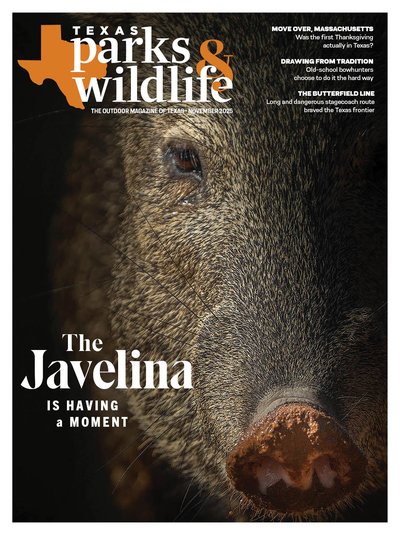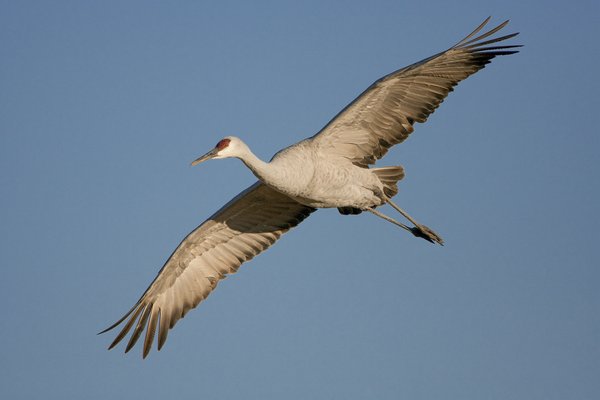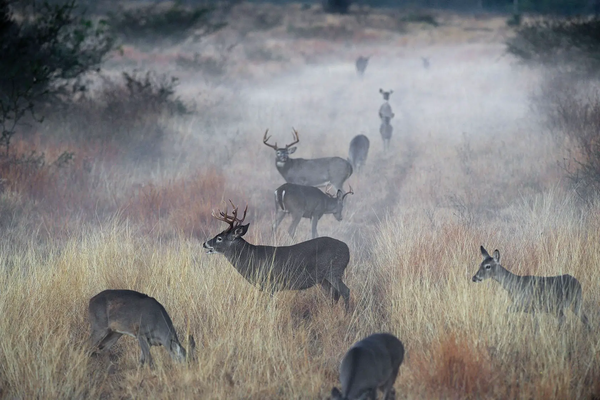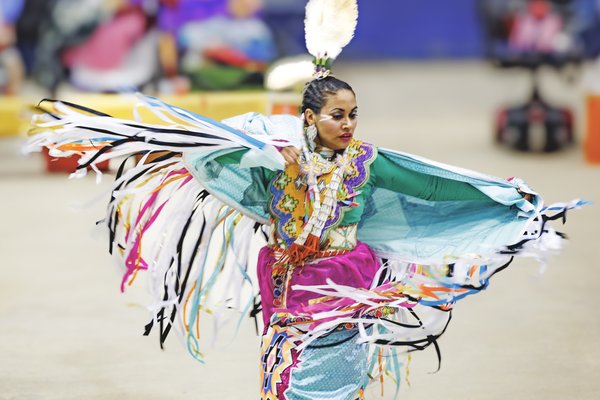Public land offers adventure, challenge and the reward of hard-earned experience. But for a first-time hunter, it’s a tough place to start.
I invited my friend Adam, a first-time hunter, to join me on my annual trip to Sam Houston National Forest (“The Sam”) during deer season for a DIY hunt. Adam is a friend from church and a combat veteran, and, like me, he did not grow up hunting. I am a novice and what I call an “adult-onset hunter.” I’ve got some experience but not a lot. Our purpose was clear: Provide meat for our families and have fun outside.
Fearing disappointment, I tried to manage his expectations and warned him that public land was sometimes crowded with other people trying to enjoy the woods, which pressures the deer and makes them skittish. He said he was up for it, though I worried about whether he would see the hunt as a success if we didn’t put meat in the freezer.
I have been hunting The Sam for the past seven years because it is one of the few public hunting opportunities in Texas to rifle hunt for white-tailed deer. Since I didn’t grow up hunting, no one showed me how to do this. I read and reread the rules and regulations for hunting public land. I watched YouTube videos on how to field-dress, skin and quarter a deer. I scouted new areas at the end of my previous trips, collecting onX Hunt waypoints to explore again. Through trial and error, I was starting to figure it out.
After lunch, we caravaned up to one of the designated hunter camps near New Waverly. We worked fast to set up camp and got to my favorite spot by 2:30.
Not long after our start, we encountered several downed trees across the path. Just on the other side was a powerline break that offered clear views and the occasional shot.
We created a ground blind in the tree line off the trail. I’ve heard several people say that the only way to hunt The Sam is to use a tree blind. But I’m afraid of heights and never had the money for one, so I’ve always sat. Sitting on the ground is democratic; anyone can do it.
The plan was to sit all day for three days, returning to camp after sundown. We each had chairs, coffee, a pile of books and food. Adam brought MREs he had hoarded from Afghanistan — “Vegetarian MREs are the least disgusting,” he said — while I ate leftover barbecue.
The first day we saw nothing. On the second day, we spotted a buck cautiously crossing the break. I gave Adam first dibs on any shots. We had gone over the rules on antler spread (the inside spread must be 13 inches or more) because I didn’t want his first deer to include a ticket, so we took our time for a positive ID. We weren’t confident on the inside spread.
“Your call,” he whispered, looking through his scope and bracing against
a tree.
“Nope. You’re pulling the trigger so it’s your call,” I whispered back.
We let it go on its merry way.
The third and last day we returned to the same spot, planning for another all-day sit. The benefit of being in a tree stand is you lack the ability to act on any temptation to move around. For the ground hunter, it’s hard not to walk around. We were bored and cold, and so we discussed options.
Conventional wisdom says to stay put, don’t move and shut up. But that’s also the same conventional wisdom that sells fancy tree stands and designer camo gear and obsesses over scent control. Yes, walking was riskier, but dang, it would be a lot more fun.
We decided to walk.
We studied the terrain and scouted for tracks. We found a veritable highway of sign along an arroyo into the woods, and followed it until we had pushed past the tree line and found some promising spots. Later, we went off trail, using Google and onX Hunt to navigate through the woods. We absolutely moved too fast and made as much noise as a squirrel (which is to say, a lot), but we wanted to see if we could bump a deer or find a bedding area. I asked Adam if this felt at all like a combat patrol.
“Of course not,” he said. “The deer aren’t shooting at you.”
We never did find another deer, but I had several more data points about the area that I could add to the ones I had made in previous years. At the end we packed up our gear and hiked back to the truck. I brought celebratory cigars, and we smoked them after dinner even though we were going home with empty coolers.
Adam said he enjoyed it and was already talking about next year. I enjoyed it too because I learned more about hunting on public land, took risks and pushed my skills, regardless of punching a tag or not. That’s what hunting public land is all about: the journey rather than the bounty. It was worth it to us both. As every Aggie says, “There is always next year.”
